Showing 49–64 of 110 results
-
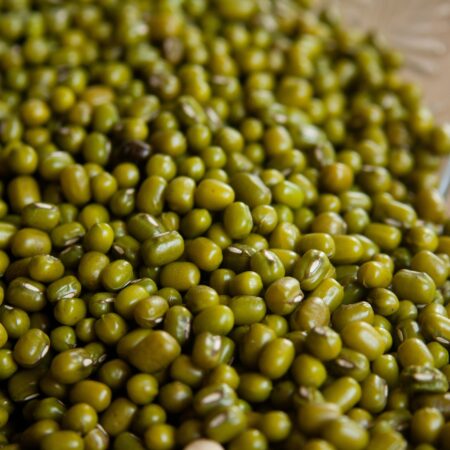
Green Moong bean
Green Moong Beans, also known as mung beans or green gram, are small, green, cylindrical-shaped legumes that belong to the legume family. Green Moong Beans are a rich source of plant-based protein, dietary fibre, vitamins (especially B vitamins), and minerals (including iron, magnesium, and potassium). These beans are versatile and used in various culinary applications. They are often sprouted and used in salads, stir-fries, curries, and soups. In some cuisines, they are ground into a paste to make batter for dosas and crepes.
-
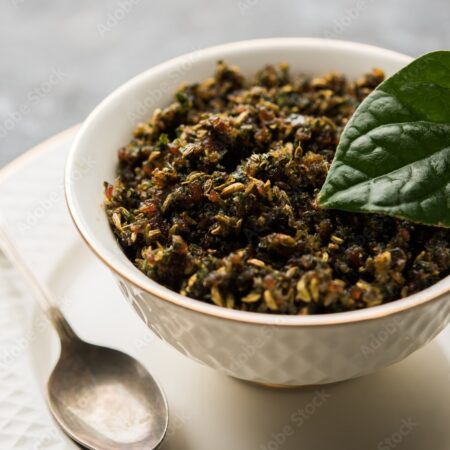
Gulkand
Gulkand is a sweet preserve made from rose petals and sugar. Gulkand is primarily made by layering fresh rose petals with sugar in a glass jar. Over time, the natural moisture in the petals combines with the sugar, creating a sweet and fragrant preserve. The preserve is typically made using the petals of fragrant and edible rose varieties, such as Damask roses or desi roses, known for their pleasant aroma. Gulkand has a unique flavour that combines the sweetness of sugar with the floral essence of rose petals. It has a rich and aromatic taste.
-
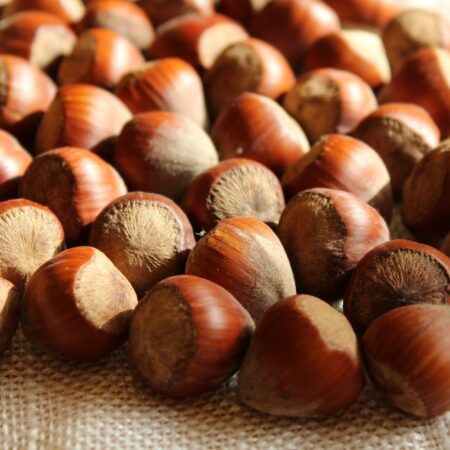
Hazel Nuts
Hazelnuts, also known as filberts, are nuts produced by the hazeltree and are characterized by their rich, buttery flavour. Hazelnuts are a nutrient-dense food, providing healthy fats (including monounsaturated and polyunsaturated fats), protein, dietary fibre, vitamins (such as vitamin E), and minerals (including magnesium and copper). Hazelnuts are associated with various health benefits, including heart health support due to their favourable fat profile. They also contribute to antioxidant defence, help regulate blood sugar levels, and support digestive health.
-

Home made dryfruit chocolate
Homemade dry fruit chocolate is a delightful treat that combines the richness of chocolate with the goodness of assorted dry fruits. The basic ingredients include high-quality chocolate (dark, milk, or white), and a mix of finely chopped or ground dry fruits such as almonds, cashews, pistachios, raisins, and dried figs. Using dark chocolate and incorporating nutrient-rich dry fruits add a healthier element to the chocolate. Dark chocolate is known for its antioxidant properties. Homemade dry fruit chocolate provides a satisfying combination of creamy chocolate and crunchy, chewy dry fruits, making it a delightful treat for chocolate lovers.
-

Idli Rawa
Idli Rawa, also known as Idli Rava or Rice Rava, is a coarsely ground form of rice that is a key ingredient in making idlis, a popular South Indian steamed rice cake. Idli Rawa is made of coarsely grinding parboiled rice. It has a granular texture, finer than traditional rice but coarser than rice flour. It is a primary ingredient in the preparation of idlis, a traditional South Indian breakfast item. Idlis made from Idli Rawa are known for their soft and spongy texture.
-
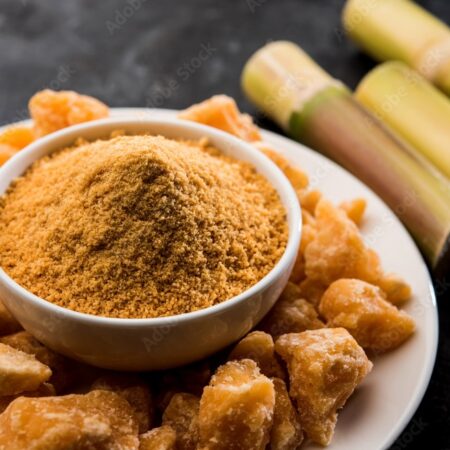
Jaggerry
Jaggery, also known as “gur” in Hindi, is a traditional non-centrifugal cane sugar consumed in some countries in Asia and the Americas. Jaggery is made by concentrating sugarcane juice or sap from palm trees. The juice is boiled to produce a thick, concentrated syrup, which is then solidified and moulded into blocks or cakes. The primary ingredient in jaggery is either sugarcane juice or sap from date palms, coconut palms, or other palm trees. The natural concentration of sugars gives jaggery its sweet taste.
-
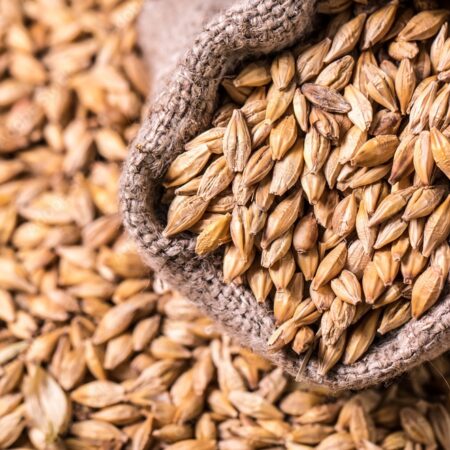
JAV
This is a non-wheat flour made from grinding whole barley. It is a popular alternative to wheat flour. Barley is primarily a cereal grain popularly known as jau in India. It is the fourth most important cereal crop after rice, wheat and maize. It’s converted into malt to use for various food preparations.
-
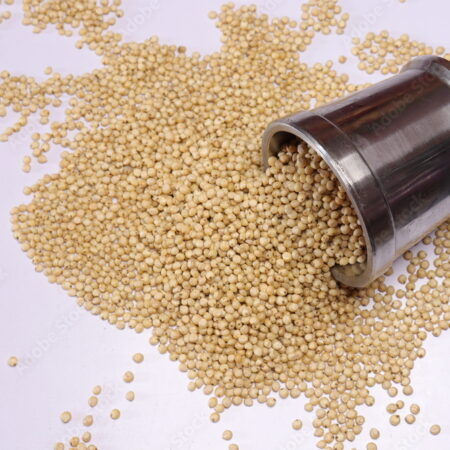
Jowar Seeds
Jowar, also known as sorghum, is a grain that belongs to the grass family Poaceae. Jowar seeds are whole grains harvested from the sorghum plant. They come in different varieties, including white, red, and brown. Jowar is rich in nutrients, providing complex carbohydrates, dietary fibre, protein, vitamins (especially B vitamins), and minerals such as iron and phosphorus. Jowar is naturally gluten-free, making it a suitable grain for those with gluten sensitivities or celiac disease.
-
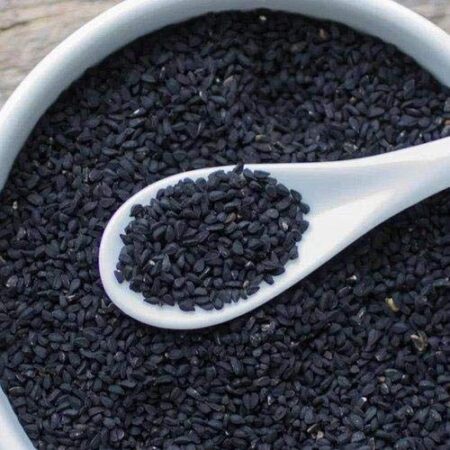
Kalonji
Kalonji, also known as Nigella sativa or black seed, refers to the small, black, angular seeds obtained from the flowering plant of the same name. Kalonji seeds come from the Nigella sativa plant, a member of the buttercup family. Kalonji has a slightly bitter and peppery taste with a hint of onion-like flavour. The seeds are often used as a spice in various cuisines.
-
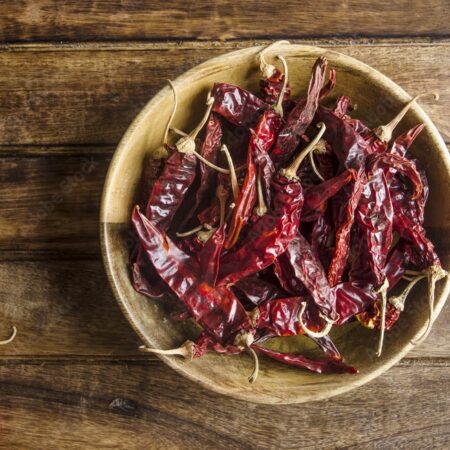
Kashmiri chilli
Kashmiri chilli, also known as Kashmiri red chilli or Degi Mirch, is a variety of chilli pepper that originates from the Kashmir region of India. Kashmiri chillies are long, slender, and have a wrinkled appearance. They are known for their vibrant deep red color. These chillies are prized for their mild to moderate heat and unique flavour that combines a subtle spiciness with a hint of sweetness and a distinctive aroma.
-
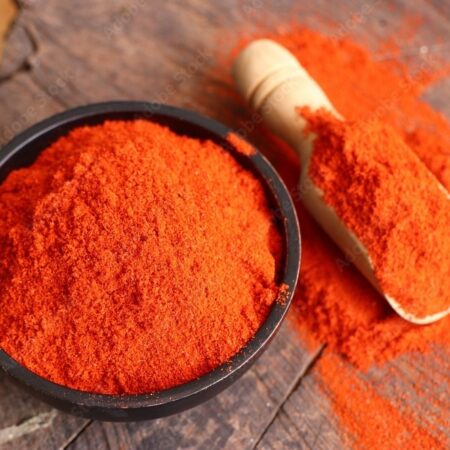
Kashmiri Chilli Powder
Kashmiri Chilli Powder is a spice derived from the dried, mild to moderately spicy Kashmiri chillies. Kashmiri Chilli Powder comes from the Kashmir region of India, where a specific variety of red chillies is cultivated for its unique flavour, vibrant colour, and moderate heat. It is known for its deep red colour, imparting a rich hue to dishes. The chillies used for making this powder are often long, slender, and have a wrinkled appearance.
-
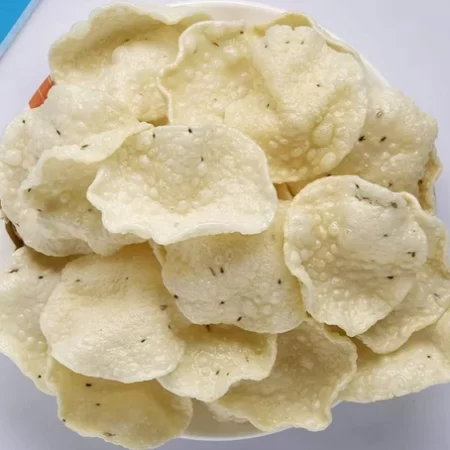
Khicheya Papad
The name khichiyu or khichu is derived from the ductile nature of the dough. (Khinch in Indic languages means to pull.) khichu (Gujarati dish) Type. Snack; as dough for papad. Khichiya papad is a thin Indian wafer, sometimes described as a cracker or flatbread. They are made of rice flour flavoured with green chillies, salt and cumin seeds. They are dried rice chips studded with Indian spices which can be grilled or deep fried.
-
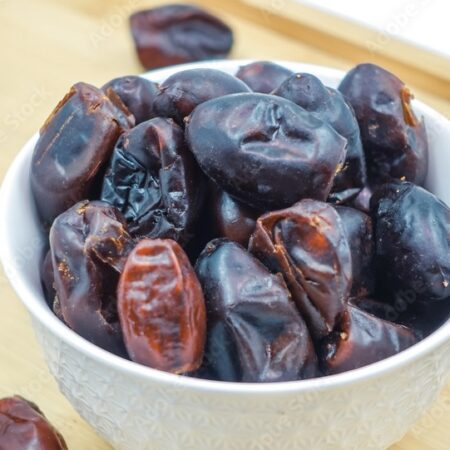
Khimya Dates
Khimya Dates are high in fibre, a rich source of antioxidants, and many vitamins and minerals such as calcium, iron, phosphorus, potassium, magnesium, and zinc. These are a specific variety of dates known for their unique characteristics.Like other date varieties, these Dates are naturally high in natural sugars, providing a quick energy boost. They also contain essential minerals such as potassium, magnesium, and iron. These dates offer potential health benefits, including providing dietary fibre for digestive health and essential nutrients that contribute to overall well-being.
-
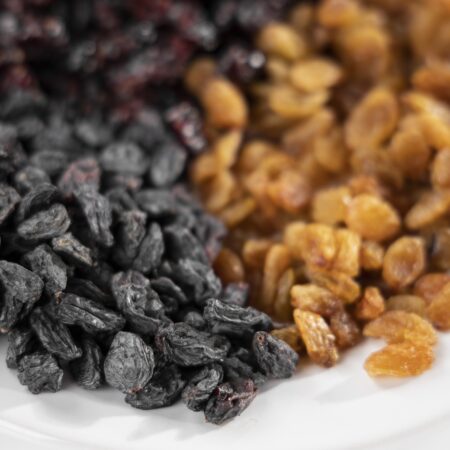
Kishmish
Kishmish refers to raisins, which are dried grapes. Kishmish is made by drying grapes, either in the sun or through dehydration methods. The grapes shrivel up, resulting in small, dark-coloured raisins. Here are different types of raisins, including dark raisins, golden raisins, and sultanas. The colour and taste may vary slightly depending on the grape variety and the drying process used. Kishmish has a naturally sweet flavour due to the concentrated sugars present in grapes. The drying process intensifies this sweetness.
-
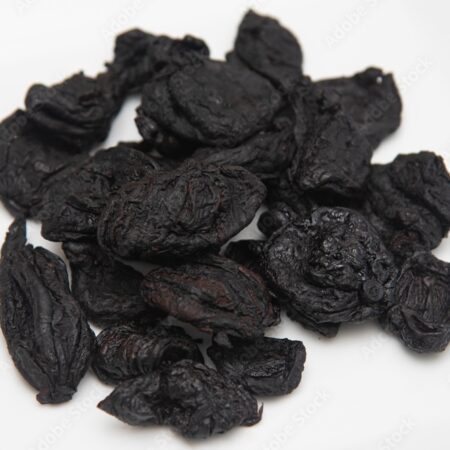
Kokam
Kokum (Garcinia indica) is a tropical fruit-bearing tree native to the Western Ghats region of India. Kokum produces small, purple to dark black fruit resembling a small plum. The outer skin is often dried to form kokum rinds. The dried outer skin or rinds of kokum fruit are used in culinary applications and for medicinal purposes. They are dark purple to black and have a slightly wrinkled appearance.
-
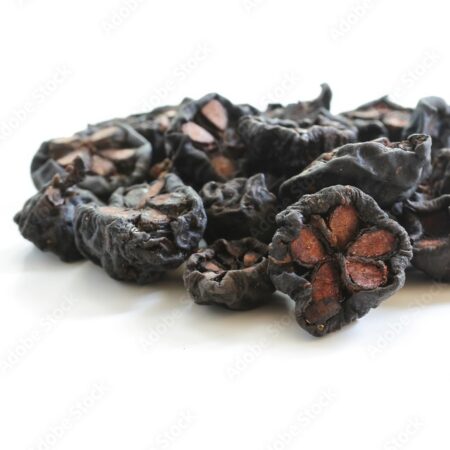
Kokam Flower
It has a sour taste with a faintly sweet aroma. The sun-dried version is called aamsul, kokum or kokam, and is used mainly in Maharashtrian, Konkan and Gujarati cuisine. When added to food it imparts a pink to purple colour and sweet/sour taste. It is a preferred substitute for tamarind in curries and other dishes.

